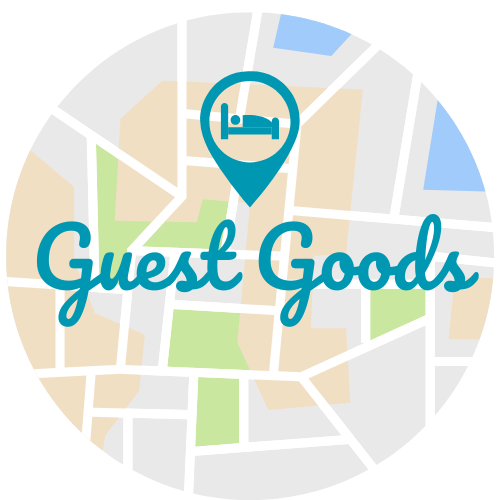Retail media has become the darling of modern advertising—commanding billions in brand investment as shoppers migrate online and data tightens elsewhere. But like all fast-growing ecosystems, it’s approaching an inflection point.
The Saturation Point
Sponsored Product Ads (SPAs) have been the workhorse of retail media—anchoring the “digital shelf” and driving measurable sales. Yet, as AI agents begin to shop on consumers’ behalf, the concept of a “digital shelf” itself will become obsolete. Autonomous shopping assistants won’t scroll through search results; they’ll query preference models and make decisions based on data, price, and availability—not ad placement.
Meanwhile, physical stores—once the quiet refuge from digital clutter—are becoming inundated with ads. From audio networks to smart carts and endcap screens, the in-store experience risks becoming a barrage of impressions rather than a helpful, human experience. The opportunity is to rethink where and how we create meaningful connections with shoppers.
Enter the Next Wave: Sampling, Experience, and Utility
If the digital and in-store worlds are saturated, brands must find new, authentic moments of connection—touchpoints that feel additive, not intrusive.
Guest Goods, for example, reimagines sampling for the modern era. Instead of fleeting endcap demos or paper coupons, it places full-sized CPG products directly in short-term rentals (Airbnbs, VRBOs, and vacation homes). Guests can try them in real life, when they’re most relevant—like sunscreen before the beach or a cold beverage after check-in. Every product features a QR code that links to the brand’s chosen e-commerce destination and feeds back conversion data to prove ROI. It’s closed-loop sampling with the measurement discipline of retail media.
Other Emerging Solutions
1. Retail Media Clean Rooms and AI Planning Tools
Clean rooms are evolving from measurement tools to campaign orchestration platforms. Brands that use shared, privacy-safe datasets can predict shopper intent, test incrementality, and feed insights back into creative strategy. This lets brands invest smarter across retailers—not louder.
2. Brand Utility and Content Commerce
As ad avoidance grows, brands that offer value—through recipes, health tracking, sustainability education, or household management tools—will win trust and attention. Think of sponsored grocery planning apps or AI meal planners that use first-party retailer data to surface relevant CPG items naturally within context.
3. AI-Driven Creative Personalization
AI is beginning to reshape how creative gets built and delivered. Instead of static banners or generic messaging, dynamic creative optimization can tailor tone, imagery, and offers in real time based on context, audience, and past behavior. This shift helps brands maintain relevance in a fragmented landscape—without increasing media clutter.
What Comes Next
The next generation of retail media will reward brands that invest in context, utility, and authentic experiences rather than competing for digital shelf real estate. Sponsored search may fade, in-store ads may plateau, but brand discovery isn’t going anywhere—it’s simply shifting toward moments that matter.
Those who recognize that shift early—and build strategies that blend data, creativity, and human experience—will own the next decade of shopper marketing.

